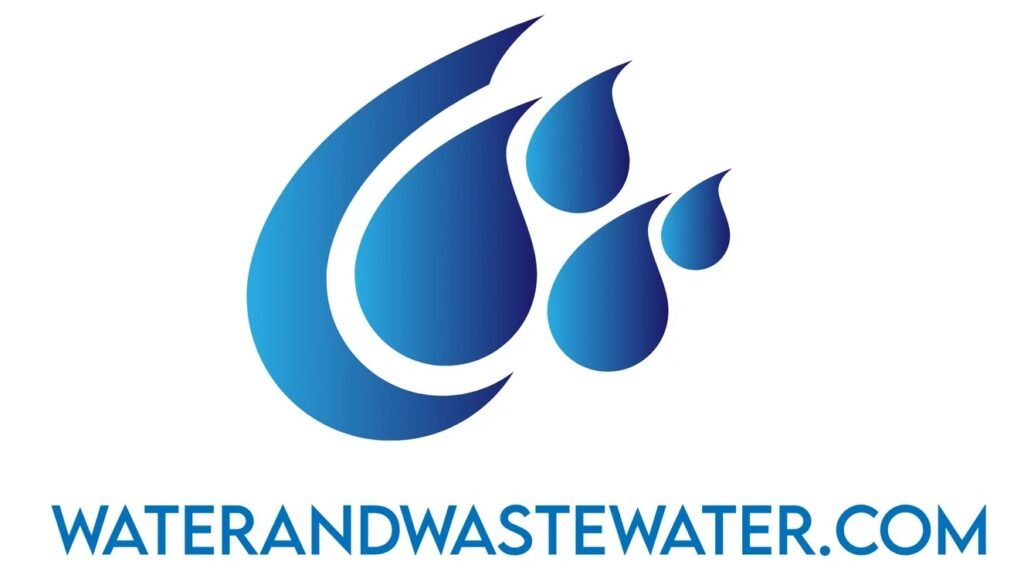
Tag: pollution
Blue Plains Advanced Wastewater Treatment Plant: A Model of Sustainability Introduction In an era where climate change and environmental degradation are significant concerns, the importance of sustainable practices in all facets of society, including wastewater treatment, cannot be overstated. One shining example of sustainable wastewater treatment is the Blue Plains Advanced Wastewater Treatment Plant, located […]
Deer Island Sewage Treatment Plant is located in Boston Harbor, Massachusetts, and is one of the largest treatment plants in the United States. It serves the Greater Boston area and treats wastewater from over 40 communities, including Boston, Cambridge, and Quincy. History of Deer Island The history of Deer Island dates back to the early […]
Hyperion Treatment Plant: The Largest Wastewater Treatment Facility in Los Angeles Introduction The Hyperion Treatment Plant is one of the largest wastewater treatment facilities in the world, located in Los Angeles, California. Serving over four million residents in the greater Los Angeles area, Hyperion plays a crucial role in treating and recycling wastewater to protect […]
Communities surrounding industrial facilities and municipal operations are directly impacted by foul orders making life unbearable. These smells indicate more than just the presence of nuisance, but rather hazardous air emissions that pose serious environmental and public health threats. Hydrogen Sulfide (H2S)—one of these contaminants—is a flammable and highly toxic gas that is normally known […]
From the gas pump to the synthetic fertilizers that help feed the world, petroleum products facilitate almost every aspect of modern life. But this ubiquitous fossil fuel comes with an overlooked and mounting environmental toll – for every barrel of crude oil extracted, an astounding 10 barrels of salty, contaminated wastewater called “produced water” surfaces […]
As we flush our toilets and run our sinks daily, wastewater gurgles into an unseen underworld of aging pipes, pumps, and treatment plants. This intricate infrastructure forms the backbone of our nation’s sanitation, collecting sewage from homes and buildings to process over 34 billion gallons daily. Yet cracking pipes, overflowing sewers, and outdated plants plague […]
Anaerobic digestion is a biological process that occurs when organic matter is broken down by bacteria in the absence of oxygen. It is a technology that has been harnessed to manage waste, mitigate pollution, and produce biogas – a mixture of methane and carbon dioxide that can be used as a renewable energy source. The […]
Bar screens are essential components in wastewater treatment plants, serving as the first line of defense in the filtration and treatment process. They are installed at the entrance of the treatment facility to physically remove large objects such as sticks, rags, and plastic materials from the wastewater stream. This preliminary step is crucial because it […]
Agricultural wastewater is a significant byproduct of farming activities, encompassing various types of water that have been used or affected by agriculture. It includes runoff from fields, pollutants from livestock, and drainage from irrigation, carrying substances that can impact water quality if not managed carefully. The challenges associated with managing this wastewater are surging due […]
Belt filter presses are commonly used in wastewater treatment plants to dewater biosolids. This process reduces the volume of the sludge, improving efficiency and reducing costs associated with its disposal. The technology behind belt filter presses includes squeezing the water out of the sludge between a series of belts that are textured or have rollers […]